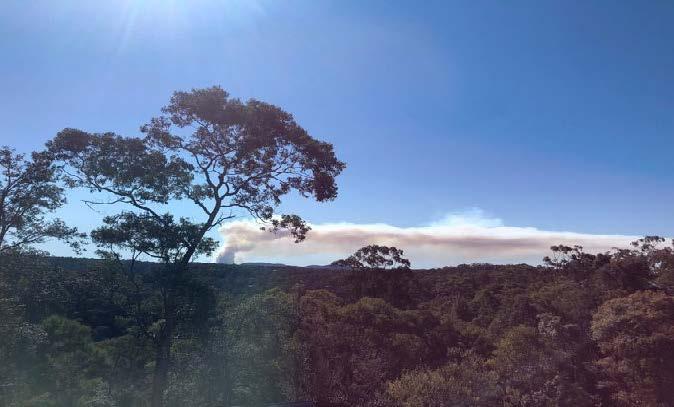
PUBLICATIONS
Published works

From hectares to tailor-made solutions for risk mitigation – final project report
| Title | From hectares to tailor-made solutions for risk mitigation – final project report |
| Publication Type | Report |
| Year of Publication | 2020 |
| Authors | Clarke, H, Cirulis, B, Penman, T, Price, O, Boer, MM, Bradstock, R |
| Document Number | 615 |
| Date Published | 09/2020 |
| Institution | Bushfire and Natural Hazards CRC |
| City | Melbourne |
| Report Number | 615 |
| Keywords | ecosystems, hectares, mitigation, Prescribed burning, risk, systems, tailor-made solutions |
| Abstract | We are pleased to present the 2020 Final Report for the Bushfire and Natural Hazards CRC project, “From hectares to tailor-made solutions for risk mitigation: systems to deliver effective prescribed burning across Australian ecosystems”. Prescribed burning is a central feature of contemporary fire management, not just in Australia but in fire-prone countries around the world. Yet we lack a firm quantitative basis for understanding and comparing its effectiveness at mitigating risk across different regions. This project aims to address these gaps and provide critical support to agency decision makers across southern Australia by undertaking a systematic investigation of the drivers of prescribed burning effectiveness across the region. This project will thus support fire managers in transitioning from hectare targets to a set of tailor-made, risk-based approaches. The project is divided into two phases: fire behaviour accounting and risk accounting. At the heart of the project is predictive modelling of the effect of prescribed burning on subsequent bushfire (wildfire) behaviour. In this project we combine ignition likelihood modelling, fuel type and arrangement from fire management agencies, weather representing all possible local fire weather conditions from Bureau of Meteorology and fire history including wildfire and variable combinations of edge and landscape treatments, applied to agency or model-derived burn blocks. From thousands of simulations, key outputs such as fire size and intensity are used estimate impacts on key management values: house loss, life loss, length of road damaged, length of powerline damaged and area burnt below minimum tolerable fire interval. We use Bayesian decision networks to estimate risk mitigation, including cost, available through different treatments. Local trajectories of cost for given treatment rates and locations can then be tracked and compared between regions, allowing identification of the most cost-effective prescribed burning strategies, either overall or for a given management value. The key finding of the project is that the effectiveness of prescribed burning at mitigating area burnt by bushfire and other key values varies considerably across landscapes and values. That is, there is no one-size-fits-all solution to prescribed burning. This has major implications for fire managers, suggesting that tailored prescribed burning solutions are possible, based on the unique risk mitigation profile for any given suite of management values in that region. Further details are included in this report and journal articles listed herein. While the project now draws to a close, its findings live on in the Prescribed Burning Atlas, a dedicated website for fire managers, researchers and anyone else interested in using our project to support their planning, decision making and communication. The Prescribed Burning Atlas will provide a geographically-based summary of risk for decision makers in an accessible, user friendly format. Our project is unique in placing the design and delivery of this utilisation output at its heart. Active involvement of end-users throughout 2020 and beyond will be crucial in ensuring uptake and translation into outcomes for end-users and the communities they serve. From a research perspective, key outstanding questions include quantification of risk mitigation for new values (smoke effects on human health, biodiversity measures, cultural burning) and expansion of the approach to represent the full richness of planned and unplanned landscape fire over time. |
| Refereed Designation | Refereed |
Published Works


